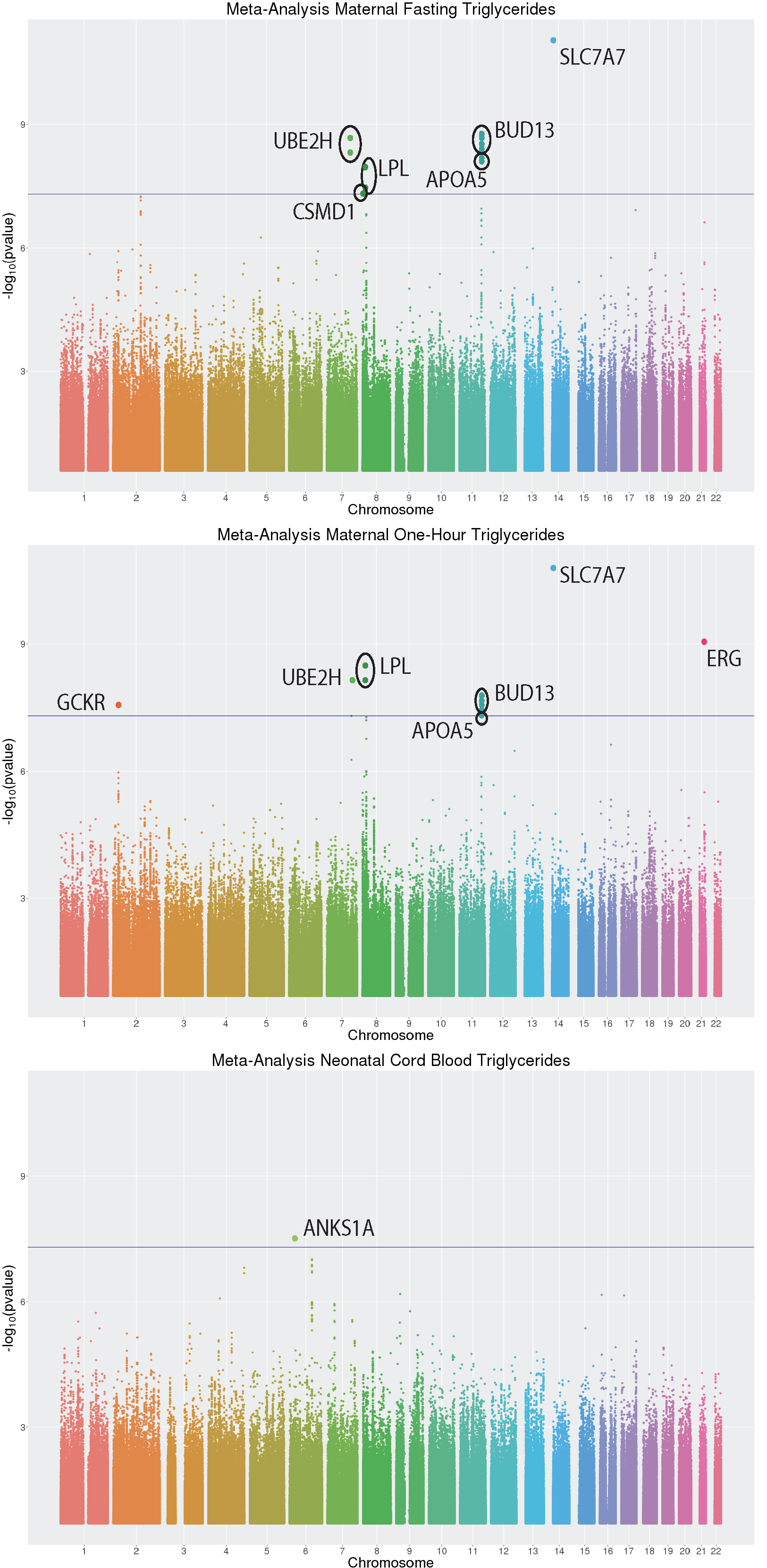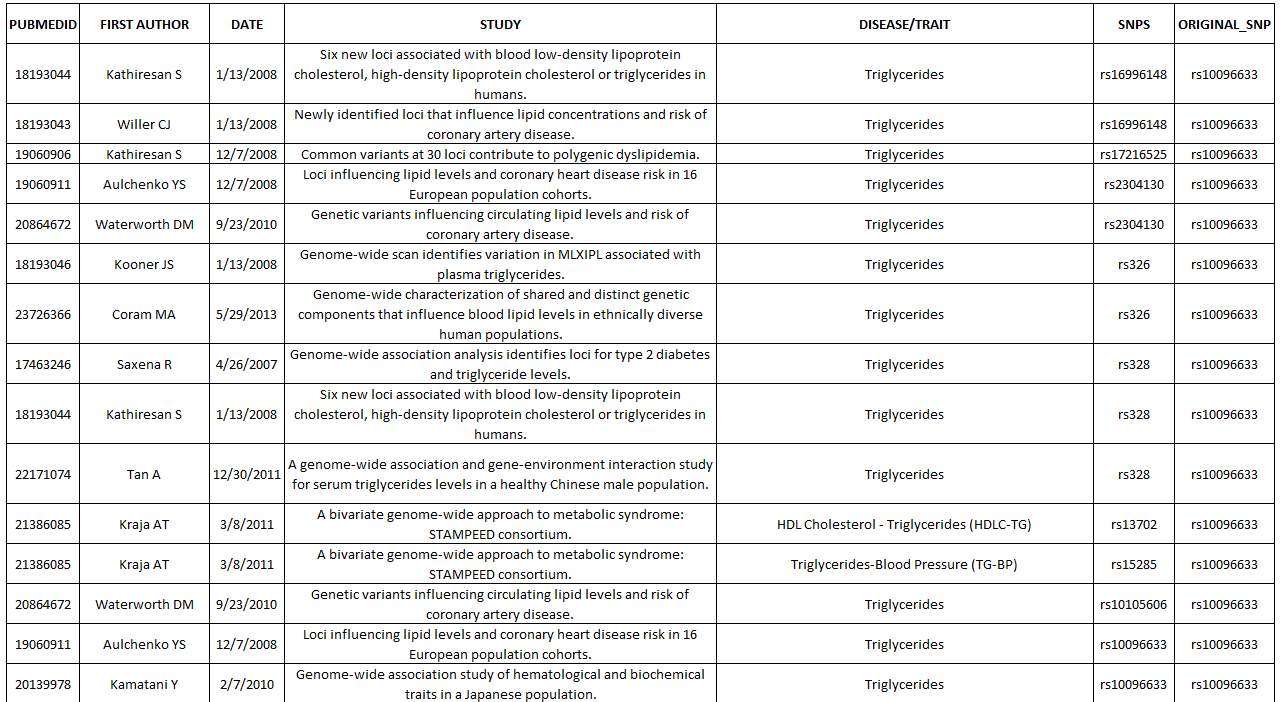Presenting Author:
Alan Kuang, M.S.
Principal Investigator:
Denise Scholtens, Ph.D.
Department:
Preventive Medicine
Keywords:
HAPO, GWAS, gene associations, triglycerides, NEFA, maternal, newborn, metabolite, lipid, pregnancy, newborn size, metabotyping
Location:
Ryan Family Atrium, Robert H. Lurie Medical Research Center
C113 - Clinical Women's Health Research
Genetic Associations of Lipid Metabolism in Pregnancy
Maternal obesity during pregnancy increases risks for large-for-gestational age birth and excess newborn adiposity, which in turn predispose to childhood risk of obesity, impaired glucose tolerance and dyslipidemia. The international, population-based Hyperglycemia and Adverse Pregnancy Outcome (HAPO) Study established observational links between these maternal phenotypes and newborn outcomes. Related HAPO Metabolomics and HAPO Genetics studies were designed to probe underlying fetal programming mechanisms that are likely related to fetal overnutrition and genetic susceptibility in the setting of available maternal fuels. HAPO Metabolomics investigations indicate that lipids and lipid-related metabolites account, in part, for the association between maternal BMI and newborn size at birth. The primary aim of this study was to integrate HAPO Metabolomics and Genetics data to identify genetic loci associated with maternal and fetal lipid-related metabolite levels. Using a genome wide association study (GWAS) approach, we evaluated SNP associations with lipid-related metabolites (glycerol, acetylcarnitine C2, 3-Hydroxybutyrate, non-esterified free fatty acid (NEFA), and triglycerides) among 1321 HAPO mothers and newborns from four ancestry groups (European, Afro-Carribean, Thai, and Mexican-American), adjusting for ancestry, maternal fasting glucose, and other pregnancy-related and anthropometric covariates. Genotyping was performed on Illumina platforms and imputed using 1000 Genomes cosmopolitan reference population data. Cordblood and maternal metabolite levels measured at ~28 weeks gestation at fasting and 1hr post-75g glucose load were assayed using targeted metabolomics. At a significance level of p<5*10^-8, random-effects meta-analysis across the four ancestries identified associations of variants annotated to MYT1L and LRP1B with fasting glycerol, SLC16A9 with fasting and 1hr acetylcarnitine C2, and BUD13, APOA5, SLC7A7, region near MIR183/UBE2H and LPL/SLC18A1 with fasting and 1hr triglycerides. In newborns, significant associations included variants in ACSM5 with 3-hydroxybutyrate, SLC16A10 and REV3L with NEFA, and ANKS1A with triglycerides. Associations including BUD13, APOA5, and region near LPL/ SLC18A1 with triglycerides and SLC16A9 with acetylcarnitine C2 were confirmed by querying the GWAS Catalog (https://www.ebi.ac.uk/gwas/) for related phenotypes. Linking HAPO Metabolomics and HAPO Genetics data through ‘metabotyping’ demonstrates that maternal lipid levels during pregnancy, as well as newborn lipids measured in cord blood, are influenced by multiple genetic loci for both mothers and their offspring. Further investigations to probe fetal programming mechanisms underlying associations observed at the population level must account for the multi-faceted dependencies of maternal-fetal genetics and metabolomics.


